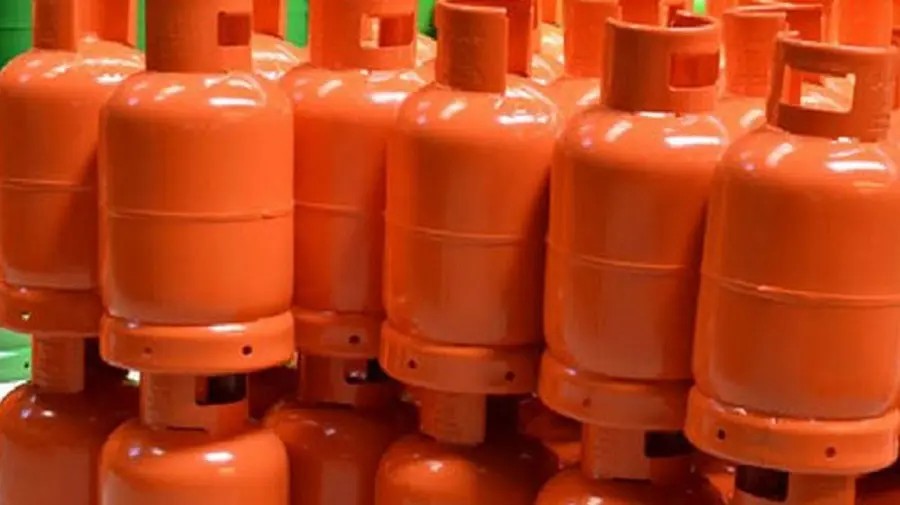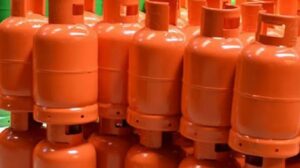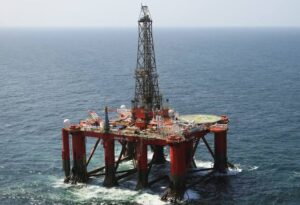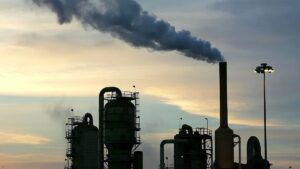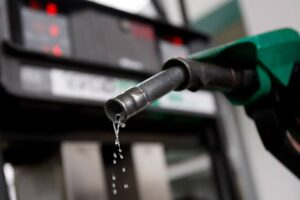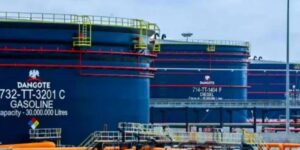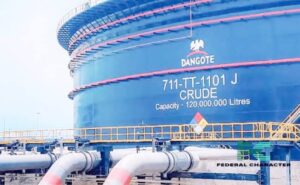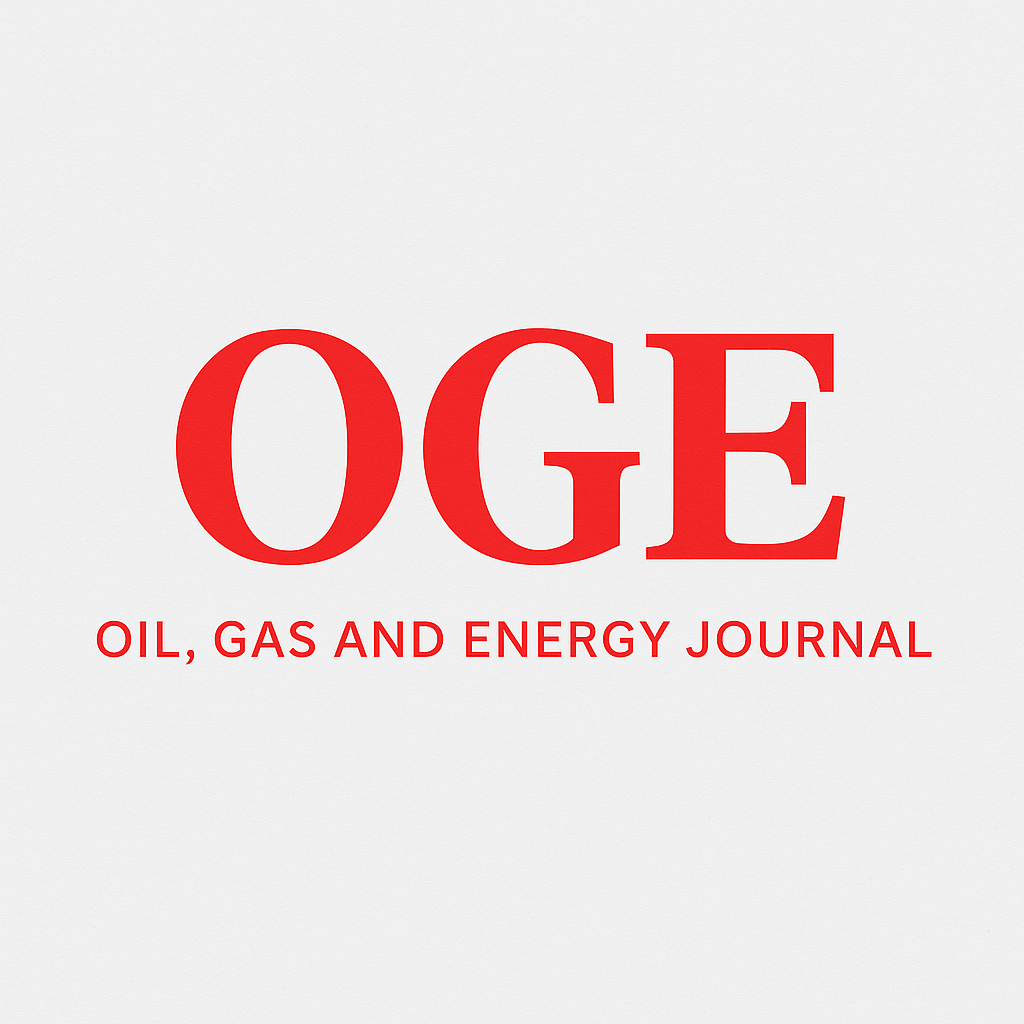Retailers across Nigeria have confirmed a noticeable drop in the price of cooking gas, with a kilogram now selling between ₦1,300 and ₦1,500, down from the ₦2,000 recorded just three weeks ago.
According to the Liquefied Petroleum Gas Retailers Association of Nigeria (LPGARAN), the reduction is linked to better supply flow in recent days. The association’s chairman, Ayobami Olarinoye, said the market is beginning to stabilize, though prices have yet to return to pre-crisis levels.
“There’s a gradual increase in supply, and prices are easing. It’s not fully back to normal, but things are looking better,” Olarinoye said, adding that full stability could be achieved within a week if consistent deliveries continue.
Consumers also confirmed the development, noting that several neighborhood gas vendors have reduced their prices, though many still hope to see rates fall further to ₦900 per kilogram or lower.
The decline follows weeks of scarcity triggered by a recent strike by the Petroleum and Natural Gas Senior Staff Association of Nigeria (PENGASSAN) during its dispute with the Dangote Refinery. Even after the strike ended, prices remained high as supply failed to normalize.
The Minister of State for Petroleum Resources (Gas), Ekperikpe Ekpo, had recently promised to tackle hoarding and price manipulation among marketers, warning that the government would not tolerate exploitation of consumers.
Industry sources revealed that the Dangote Refinery currently sells liquefied petroleum gas at around ₦715,000 per metric tonne, while major distributors resell at higher rates to retailers. With 1,000 kilograms in a metric tonne, this translates to roughly ₦715 per kilogram at the refinery level.
However, some retailers and marketers continue to trade the product for nearly double that amount in the open market.
The debate over who is responsible for the past price surge has also deepened tensions within the gas sector. While the Nigerian Association of Liquefied Petroleum Gas Marketers (NALPGAM) blamed retailers for inflating prices, LPG retailers dismissed the accusation as “unfair,” insisting that price differences stem from the distributors’ markup.
Despite the disagreements, both industry players and consumers remain optimistic that the ongoing improvements in supply will help stabilize the market in the coming weeks.

